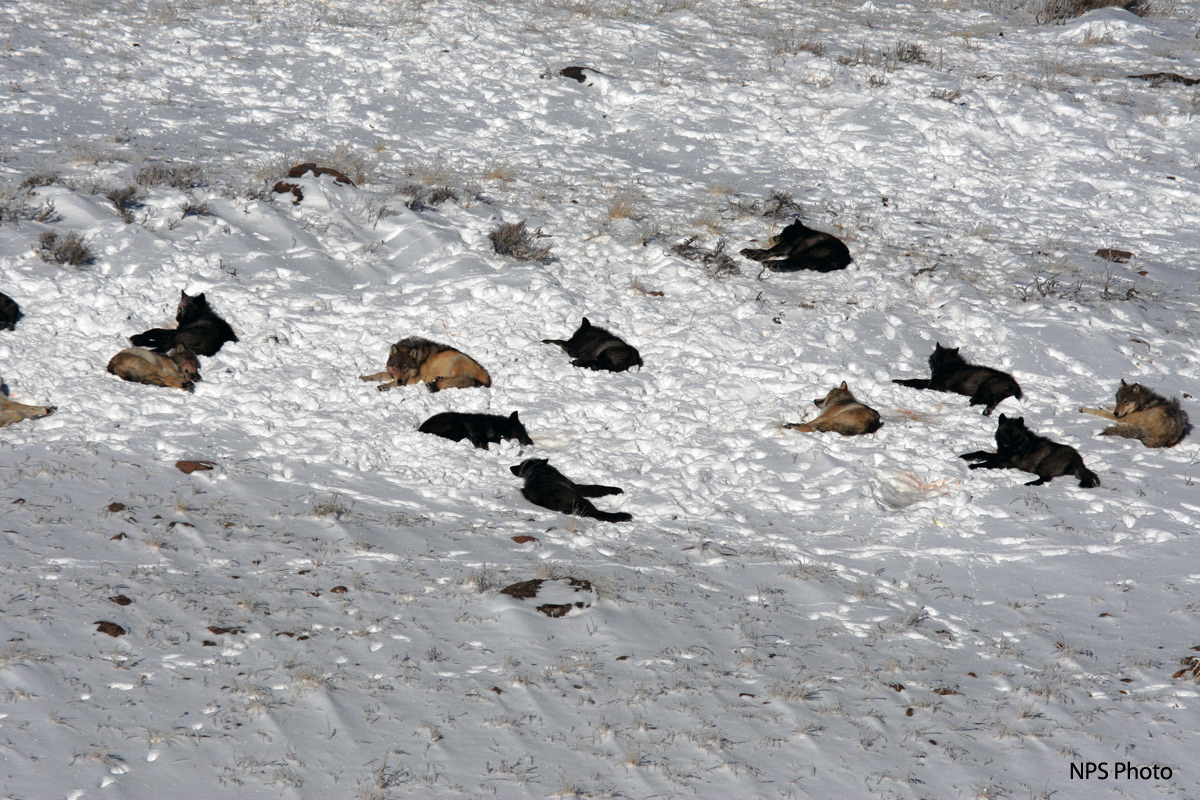
Druid Pack
Its Very sad that the New York Times actually published the dribble spewing out of
Pete Geddes MOUTH
Hell even Ranchers accuse the Guy of Being Crooked…..LMAO As we think we will have to agree with the naysayers….. Pete Geddes is FULL OF CACA….. in it for nothing more than to make a profit!!!! People need to Boycott any products that come from americanprairie.org or wildskybeef.org …. They are in it for nothing more than to make a profit!!!! People need to
Boycott any products that come from americanprairie.org or wildskybeef.org …. He doesnt mention anything about
Elk, Deer, Wolves…. hell even their website doesnt mention them….
I downloaded their pocket handbook…. WHAT A JOKE this POS is…trying to look like a
conservation friendly company!! He is nothing more than a good writer with a smokescreen!
Im not sure how big of an idiot you think people are…. But were I you Id find a different
profession and keep your mouth shut! click the pic below to read the dribble[ 1063 more words. ]
below is the Article that that PIECE OF SHIT CROOK PUBLISHED!!!!
Bozeman, Mont. — PERHAPS, like me, you were among the tens of millions who visited one of our national parks this year. If you did, you most likely shared my appreciation for the foresight of previous generations to set aside treasures like Yellowstone. This legacy of conservation has long served as a point of pride for our country, and rightly so.
The federal government’s creation and protection of vast, iconic places largely came to a halt in the mid-1950s. But there is a new model for conserving large, ecologically valuable landscapes and the wildlife that depends on them — one that does not rely on lobbying for government action and funding. It is a hybrid, combining existing public lands with private resources and a businesslike approach to securing land, restoring wildlife and benefiting people.
It is being applied in places like Mozambique, for example, where the philanthropist Greg Carr is working to rebuild Gorongosa National Park and the communities that surround it through a public-private partnership between the Mozambique government and the Gorongosa Restoration Project; and in South America at Conservacion Patagonica, founded by the conservationists Kris and the late Doug Tompkins, which is purchasing land to create new national parks for the people of Argentina and Chile.
Here in the United States, on Montana’s northern Great Plains, American Prairie Reserve is using this model to build our nation’s first large-scale 21st-century park. Rather than seeking government financing, we are raising private funds to purchase approximately 500,000 acres in order to link them with the area’s existing three million acres of public lands. When complete, this landscape will be roughly the size of Connecticut, privately funded, endowed and managed for the benefit of wildlife and people.
Those who use this model will identify ecosystems in need of conservation and engage private individuals or organizations that leverage public resources to carve out protected areas. The grasslands of northeast Montana are a priority for conservation because of their extraordinary biodiversity and large percentage (almost 90 percent) of intact native prairie. It is one of the few landscapes left that bears some semblance to what Lewis and Clark witnessed about 200 years ago when they passed through.
The success of private-public conservation projects depends on incorporating private lands. These lands, especially in the American West, are critical because they are at low elevations and surround rivers and streams — key travel corridors for wildlife. Many of the West’s existing protected areas were chosen for their geologic and scenic values, rather than their ability to support wildlife.
Yellowstone, for example, is a high plateau covered with snow much of the year. Each spring animals spill out of the park — elk run through fences and wolves harass and sometimes kill livestock — and onto adjacent private lands searching for food. The boundaries of the park were drawn for political reasons, not ecological ones, and the animals crossing them come into conflict with neighboring ranchers.
Increasing wildlife populations is a sociological problem. Ranchers are asked to bear some of the costs without seeing benefits and hence view wildlife as a threat to their economic security. To change this dynamic, we’ve started a for-profit beef company selling a brand called Wild Sky, a business that fits well with the state’s ranching culture — and culture is an important variable often overlooked by conservationists.
Here’s how it works. Wild Sky ranchers agree to modify their operations in accordance with our conservation goals by, for example, not tilling native prairie or killing prairie dogs. In return Wild Sky pays them a premium when they sell their cattle. Much like a frequent-flier program, ranchers choosing to do more receive higher payments. For example, we install camera traps on ranchers’ land and offer payment for photos of species we wish to restore, like mountain lions and bears.